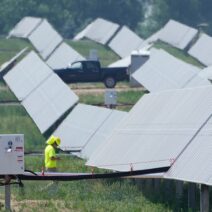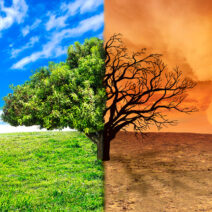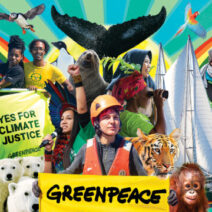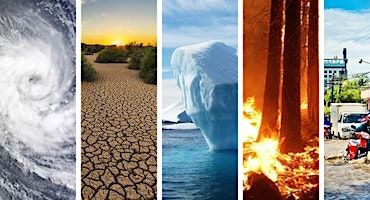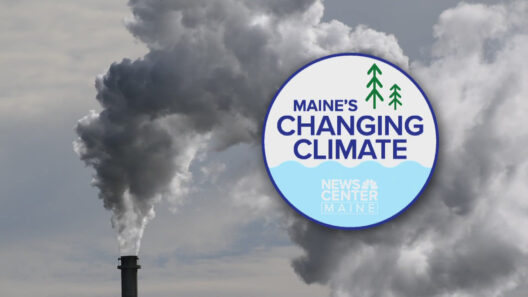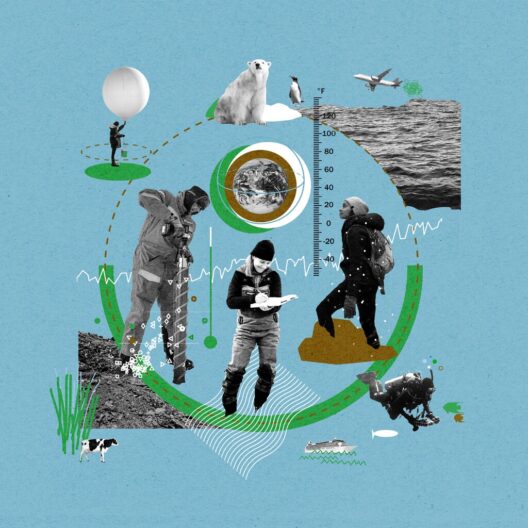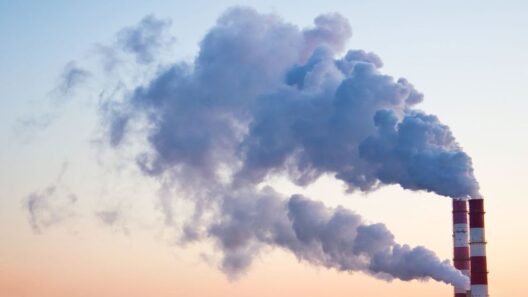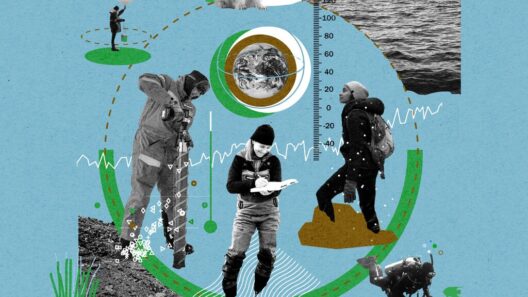Climate change, a phenomenon often relegated to debates and discussions, manifests itself through increasingly extreme weather patterns around the globe. As temperatures rise and the atmosphere undergoes significant alterations, we find ourselves grappling with an alarming question: How is global warming unleashing wild weather events that challenge our understanding of natural patterns? In contemplating this issue, we must examine the multifaceted relationship between rising global temperatures and the dramatic meteorological phenomena that inhabit our world.
One of the primary mechanisms by which climate change influences weather events is through the alteration of atmospheric dynamics. An increase in atmospheric temperatures engenders higher levels of moisture retention. Warmer air can hold more water vapor, leading to heavier rainfall. Scientific observations reveal that for every degree Celsius increase in temperature, the atmosphere can hold approximately 7% more moisture. As a result, regions previously accustomed to moderate precipitation levels begin experiencing torrential downpours, culminating in flooding—an event increasingly afflicting urban and rural locales alike.
Consider the recent instances of unprecedented flooding across various continents. Communities found themselves unprepared for the ferocity of rain that cascaded from the heavens, overwhelming drainage systems and inundating streets. These weather anomalies challenge local infrastructure, disrupt economies, and pose dire threats to human safety. In more extreme cases, entire cities have been virtually submerged, sparking urgent conversations about climate resilience and preparedness strategies.
Storm intensity has also been exacerbated by changing climatic conditions. Tropical cyclones, hurricanes, and typhoons derive their energy from warm ocean waters. As sea surface temperatures rise, these storm systems become increasingly potent, packing more powerful winds and heightened rainfall. A recent analysis demonstrated that the most severe cyclone seasons correspond with periods of heightened ocean warmth, linking the escalation of these storms directly to climate change. Think about Hurricane Katrina and Hurricane Harvey, both catastrophic events that wreaked havoc not just in terms of immediate destruction but also long-term socio-economic impacts. The frequency and intensity of such aberrations can invoke a sense of dread—is this our new normal?
Moreover, the interplay between climate change and weather phenomena is not solely confined to the realm of precipitation and storm systems. Droughts, characterized by extended periods of significantly below-average rainfall, are also on the rise. Warmer temperatures contribute to increased evaporation rates, effectively drying out soils and lakes. Regions reliant on agriculture for their livelihoods are particularly susceptible to these changes. Crops that once flourished in predictable climates are now failing due to unsustainable moisture levels. As farmers grapple with shrinking yields, the specter of food insecurity looms ever larger.
In examining these multifarious impacts, it becomes evident that climate change does not operate in isolation. The ramifications of wild weather events cascade through interconnected systems—from municipal infrastructure to agricultural production, health care, and even national security. For instance, weakened infrastructure from extreme storms can impede emergency response efforts and lead to prolonged recovery times. The cascading effects, thus, create a feedback loop, where every extreme weather event amplifies vulnerabilities in our social fabric.
Furthermore, the challenge posed by extreme weather is not easily surmountable. The shifting paradigms invite reflection; how well-equipped are we to respond to these unprecedented challenges? As individual citizens, corporations, and institutions, we carry the mantle of responsibility to devise innovative solutions and adaptive strategies. This could encompass bolstering green infrastructure, enhancing urban planning methodologies, and investing in renewable energy to mitigate further climate perturbations.
Global warming is thus not merely a story of hotter climates; it is intrinsically linked to societal resilience and preparedness. There exists a pressing need for a comprehensive collaborative endeavor—one that marries science, policy, and civil action. Nations must engage in dialogue to establish climate action plans that effectively address adaptation and mitigation strategies. As the intergovernmental negotiations unfold, the urgency intensifies: can we forge effective coalitions across borders and disciplines to combat the consequences of climate change?
Indeed, the ultimate challenge lies in striking a balance between mitigating our contribution to climate change while adapting to its inevitable impacts. This involves recognizing that while extreme weather events are reshaping our world, they also serve as a catalyst for change. These instances can spur innovation and propel collective action, pushing societies to embrace sustainable practices and prioritize environmental stewardship.
In conclusion, the relationship between global warming and extreme weather is complex and fraught with challenges. As we continue to witness the unleashing of wild weather across the globe, we must confront the reality of these events head-on. Our future hinges on our collective willingness to adapt, innovate, and transform our approach to environmental stewardship. With determination and foresight, it is within our capacity to mitigate the impacts of extreme weather, ensuring a more stable climate for generations to come.
